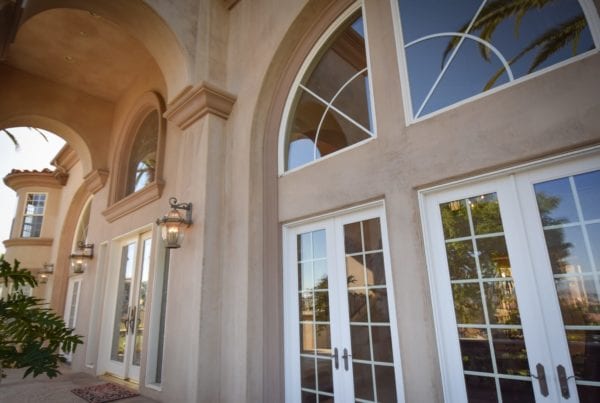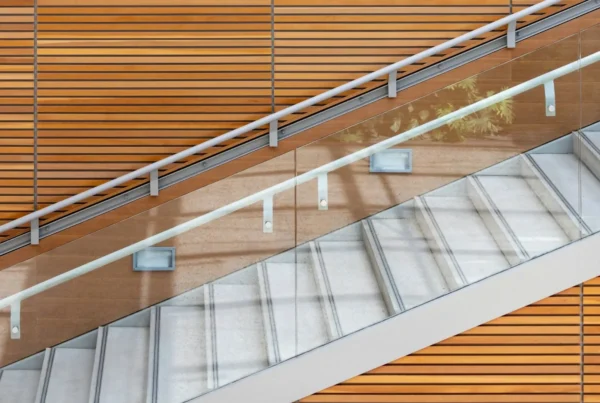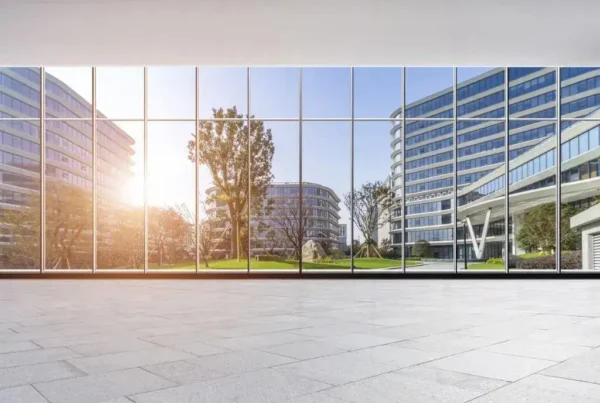
When it comes to energy efficiency for commercial facilities, window performance plays a big role. What types of windows a building has largely determines how easy it is to maintain comfortable indoor temperatures year-round and how much you have to rely on HVAC systems to stay cool or warm.
That being said, there are ways to improve the performance of a commercial building’s windows without the need to replace them with more energy-efficient windows. One of the most effective ways to do this is by installing energy-efficient window film on top of the existing glass.
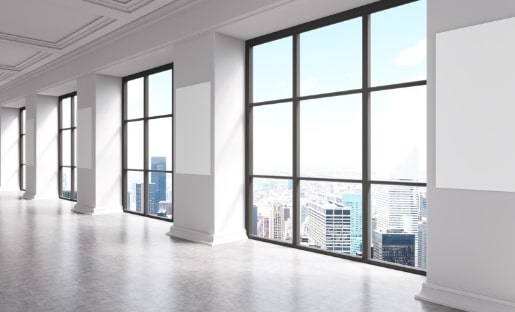
Two Types of Energy-Efficient Window Film and How They Work
Sun control and heat blocking energy-efficient window film
In warm weather, approximately 33% of commercial facility cooling expenses can be attributed to solar heat gain or heat from the sun that passes through a building’s windows.
Sun control window film, such as the 3M Prestige Series, is a special type of window film designed to combat the effects of solar heat gain by blocking out infrared light (that you feel as heat) and UV rays (that you see and that also contribute to solar heat gain).
By rejecting up to 79% of the sun’s heat during summer months or in climates that are hot all year long, this type of heat-blocking window film helps keep indoor spaces at a moderate temperature and reduces reliance on AC systems to stay cool. This can translate into huge energy savings (and operating cost savings).
And, sun control window film can do all this without blocking out natural light or inhibiting views. Standard heat blocking window film is generally low reflectivity, so it doesn’t significantly alter the appearance of your property’s windows.
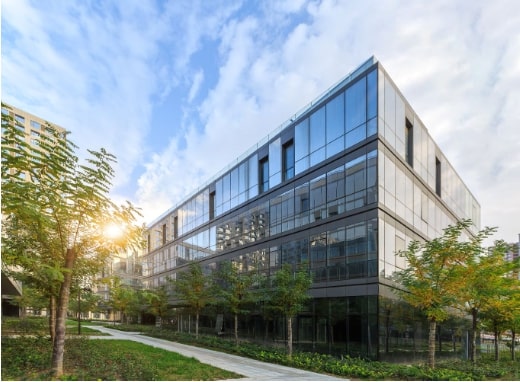
However, if you do want to give your windows a facelift, you may opt for sun control window film with a mirrored or tinted finish. Either way, this type of window film is a great alternative to keeping curtains or blinds closed all day long to block out the sun and keep indoor spaces cooler.
Benefits of sun control/heat blocking window film:
- Allows high transmission of natural light into your indoor spaces
- Rejects up to 97% of infrared light (that contributes to solar heat gain)
- Lets you, your employees, and/or building tenants continue to enjoy views
- Blocks approximately 99% of the sun’s harmful UV rays (that cause furnishings to fade)
- Reduces reliance on air conditioning and cuts your energy costs
Low-emissivity and insulating energy-efficient window film
In cold weather, about 30% of a commercial property’s heating energy is lost through its windows. As you can imagine, this translates to significantly higher utility bills due to the excessive use of heating systems.
Fortunately, there is a year-round solution to this problem: low-emissivity (low-e) window film. Low-e window film is a special type of energy-efficient, insulating window film that retains heat during cold weather periods and retains cool air during hot weather periods.
Improving insulation and performance of your existing glass with low-e window film is essentially like turning a single-pane window into a double-pane window, or a double-pane window into a triple-pane window. This translates into huge year-round energy savings, lowering your operating costs.
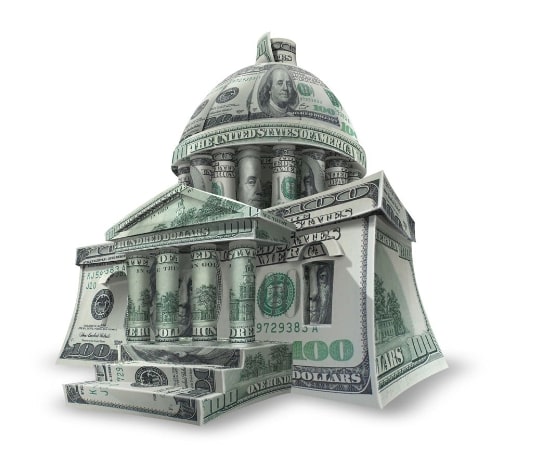
Like sun control window film, insulating window film also allows you to continue letting natural light into your indoor spaces and continue enjoying views of the outdoors (it does not significantly alter the appearance of your glass).
Benefits of low-e/insulating window film:
- Continues to provide outdoor views and let natural light in
- Essentially adds a pane of glass to your windows (at a much lower cost)
- Keeps cool and warm air in from HVAC systems
- Can reduce heat loss through windows by up to 40%
- Reduces the need to constantly run AV or heating systems (saves $ year round)
How Much Does Energy-Efficient Window Film Really Reduce Utility Costs?
The exact amount of money you can save on your monthly utility bills by installing energy-efficient window film depends on the specific type of film you use, the climate where your building is located, and how energy efficient other aspects of your property are.
That being said, energy-efficient film for windows is almost always an investment that pays itself off in 1-3 years because of the amount it reduces your energy spending. In fact, we’ve seen clients get a full return on their investment in under a year in some cases.
When combined with other energy enhancements, such as HVAC optimizations and other building envelope improvements, sun control or low-e window film can potentially make your building carbon neutral in a matter of months.
Besides the obvious benefit of utility bill reduction, energy-efficient window film can also contribute to your bottom line in other ways.
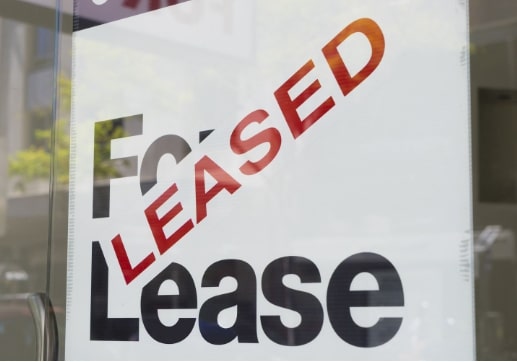
For example, having a modern, energy-efficient commercial building with comfortable workspaces can attract more building tenants and allow you to raise your leasing rates, ultimately increasing your Net Operating Income (NOI).
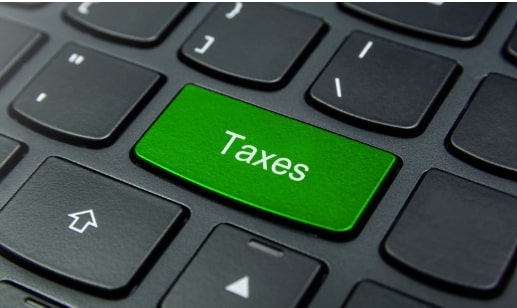
In some areas, you can also receive government tax rebates for making energy efficiency upgrades to your property, including installing heat blocking or insulating window film.
Summary of how energy-efficient film for windows can save you money:
- Can reduce your monthly utility bills by up to 40%
- Usually pays itself off in a maximum of 3 years
- Helps attract new building tenants
- Lets you raise office space lease prices
- Can provide commercial property tax rebates
The Bottom Line
Unless your building’s windows are already top-of-the-line, energy-efficient windows, you can almost certainly benefit from installing energy-efficient window film on top of your existing glass.
Depending on whether your property is in a hot climate or a more seasonal climate, you may choose to install heat blocking or low-emissivity window film to achieve the best results.

Whatever you decide is right for you, it’s important to always consult with and have installation performed by a professional window film contractor. If not, you actually risk hurting the performance of your windows or even damaging the glass.
Contact Campbell Corporation today for more information about our 3M sun control and low-e window films and to receive a free consultation for you and your property.

